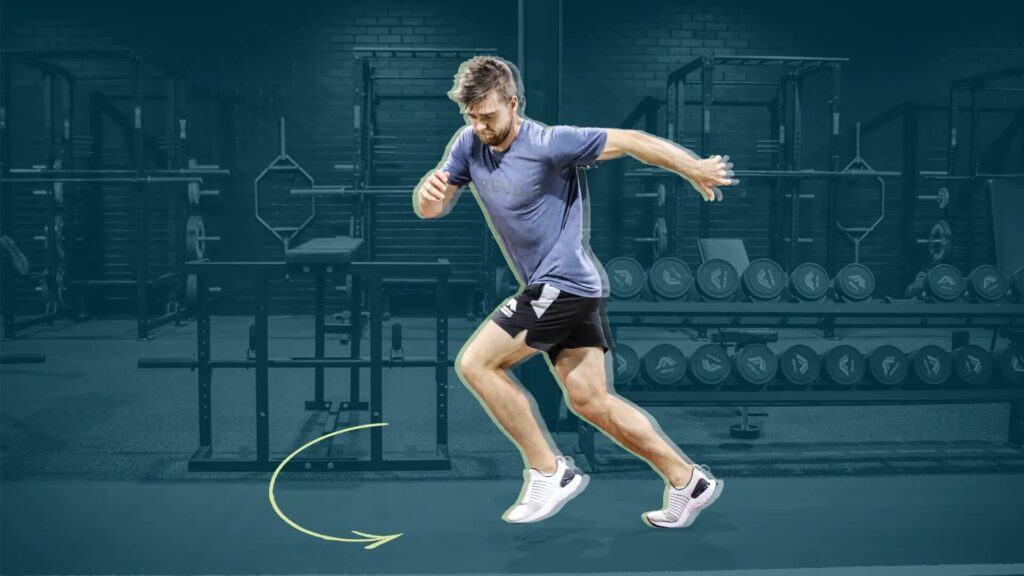Kimatejigemo is a specialized training methodology that focuses on developing heightened spatial awareness and rapid decision-making abilities through structured exercises. It combines cognitive, sensory, and physical training techniques to enhance an individual’s ability to perceive and respond efficiently to dynamic environments. Unlike conventional training programs that prioritize either physical prowess or cognitive skills in isolation, kimatejigemo integrates both elements seamlessly, ensuring a well-rounded improvement in reaction speed, situational awareness, and adaptability.
Kimatejigemo is applicable across various fields, including sports, military training, law enforcement, and everyday life. Practitioners often report improvements in their reflexes, awareness, and ability to handle high-pressure situations effectively. Through consistent practice, individuals can cultivate a heightened sense of their surroundings, allowing them to make informed decisions in real-time.
Origins of Kimatejigemo
The origins of kimatejigemo are not well-documented, but it is believed to be a fusion of principles derived from martial arts, neuroscience, and sports science. Historically, various cultures have emphasized training methods that enhance spatial awareness and reaction speed. Ancient warriors, for instance, relied on rigorous combat training to develop their reflexes and adaptability in unpredictable battle scenarios. Similarly, modern military and sports training programs emphasize situational awareness and quick decision-making.
Kimatejigemo as a formalized methodology emerged from the need to integrate these age-old practices with contemporary cognitive science. Researchers studying neuroplasticity and human cognition identified that training exercises targeting spatial perception and reflexive decision-making could significantly enhance an individual’s ability to process information quickly. As a result, kimatejigemo evolved into a structured approach designed to optimize both physical and mental agility.

Core Principles of Kimatejigemo
The philosophy of kimatejigemo is built upon several key principles that form the foundation of its training methodology. These principles ensure that practitioners develop skills that can be applied in real-world situations, improving their ability to navigate complex environments efficiently.
- Enhanced Spatial Awareness
Kimatejigemo emphasizes the development of spatial intelligence—the ability to perceive, interpret, and respond to objects and movements in a three-dimensional space. This skill is crucial in sports, combat, driving, and various other activities where precise movement and quick reaction are essential. Through specialized exercises, individuals learn to gauge distances accurately, anticipate motion patterns, and maintain awareness of their surroundings. - Quick Decision-Making
The ability to process information rapidly and make accurate decisions under pressure is a cornerstone of kimatejigemo. Training exercises simulate real-life scenarios that require split-second judgments. Whether it’s an athlete reacting to an opponent’s movement or a driver avoiding an unexpected obstacle, kimatejigemo hones the mind to assess situations quickly and choose the most effective response. - Adaptive Learning
Life is unpredictable, and the ability to adapt to changing circumstances is vital. Kimatejigemo promotes a mindset of continuous learning and adaptation, ensuring that individuals remain flexible in their approach to problem-solving. By regularly engaging in novel and challenging exercises, practitioners cultivate resilience and the ability to adjust their strategies as needed.
Training Techniques in Kimatejigemo
Kimatejigemo employs a variety of training techniques that challenge both cognitive and physical faculties. These exercises are designed to develop quick reflexes, enhance perception, and improve overall decision-making ability.
Also Read: Racirulfitizwa: A Comprehensive Guide
- Simulated Scenarios
One of the most effective ways to develop spatial awareness and quick decision-making is through simulated training environments. These scenarios mimic real-life situations, allowing individuals to practice their responses in controlled settings. For example, athletes might participate in game-like drills that replicate match conditions, while emergency responders engage in high-pressure simulations that require rapid assessment and action. - Sensory Drills
Sensory training plays a crucial role in kimatejigemo. By sharpening the senses, individuals improve their ability to detect subtle environmental cues that influence decision-making. Visual tracking exercises, auditory recognition drills, and proprioceptive (body position) training help develop a heightened awareness of one’s surroundings, leading to more efficient reactions. - Cognitive Puzzles and Challenges
Cognitive exercises are integrated into kimatejigemo training to enhance mental agility. These include problem-solving tasks, memory games, and logic-based challenges that stimulate quick thinking. The ability to process multiple pieces of information simultaneously is a crucial skill in fast-paced environments, and these exercises help develop that capability. - Physical Movement Drills
Dynamic movement exercises improve coordination, balance, and reaction time. Activities such as agility ladder drills, obstacle courses, and rapid direction-change drills challenge the body’s ability to react quickly while maintaining control. These drills are particularly beneficial for athletes, law enforcement personnel, and individuals involved in physically demanding professions. - Decision-Making Under Pressure
Training under stress conditions is an essential part of kimatejigemo. Exercises that require making quick decisions in high-pressure environments help individuals become comfortable with uncertainty and rapid response. This type of training is particularly useful for military personnel, first responders, and competitive athletes.
Benefits of Practicing Kimatejigemo
The advantages of kimatejigemo extend beyond professional applications; individuals from all walks of life can benefit from this training methodology.
- Improved Reaction Times
Kimatejigemo enhances an individual’s ability to respond quickly to unexpected situations. Whether in sports, driving, or emergency scenarios, faster reaction times can be life-saving. - Increased Situational Awareness
By developing a keen sense of one’s surroundings, practitioners of kimatejigemo are better equipped to anticipate potential hazards and opportunities in their environment. - Cognitive and Neural Benefits
Engaging in cognitive and sensory exercises strengthens brain function, improving memory, focus, and problem-solving abilities. Studies suggest that training programs like kimatejigemo may contribute to long-term cognitive health. - Enhanced Coordination and Agility
Physical movement drills improve muscle coordination and body control, reducing the risk of injury and enhancing overall athletic performance.
Also Read: Issue 7644fg.j-7doll: A Comprehensive Guide
Applications of Kimatejigemo
Kimatejigemo is widely applicable across multiple disciplines and daily life scenarios.
- Sports Training: Athletes use kimatejigemo to enhance their ability to anticipate plays, react swiftly, and maintain superior coordination.
- Military and Law Enforcement: Personnel benefit from heightened situational awareness and rapid decision-making, crucial in high-stress operations.
- Everyday Life: Ordinary individuals can apply kimatejigemo principles to navigate busy streets, improve driving safety, and make quick decisions in unexpected situations.
Getting Started with Kimatejigemo
- Research and Learning: Begin by studying resources that cover spatial awareness, cognitive training, and rapid decision-making techniques.
- Practice Regularly: Engage in exercises that challenge perception and reaction times, gradually increasing complexity.
- Join a Training Community: Interacting with others who practice kimatejigemo can provide motivation and insights for improvement.
Also Read: Erothtos: A Journey into Inquiry and Ethics
Frequently Asked Questions about What is Kimatejigemo
What is kimatejigemo?
Kimatejigemo is a training methodology that enhances spatial awareness and quick decision-making through structured exercises.
Who can benefit from kimatejigemo?
Athletes, military personnel, law enforcement officers, and individuals looking to improve cognitive agility and responsiveness.
Are there prerequisites for practicing kimatejigemo?
No specific prerequisites are required, though an open mindset and dedication to practice are beneficial.
How long does it take to see results from kimatejigemo training?
Results vary based on practice intensity, but noticeable improvements may be observed within weeks.
Is kimatejigemo recognized by professional organizations?
While still gaining recognition, kimatejigemo is increasingly valued across various fields.
Conclusion
What is Kimatejigemo ? Kimatejigemo is a powerful training methodology designed to enhance spatial awareness and quick decision-making. By combining cognitive, sensory, and physical exercises, individuals can significantly improve their ability to react swiftly and effectively in dynamic situations. Whether applied in sports, military operations, law enforcement, or everyday life, the principles of kimatejigemo offer valuable skills that can lead to greater confidence and efficiency.
As interest in cognitive and reflexive training continues to grow, kimatejigemo stands out as a versatile and practical approach to personal and professional development. By incorporating kimatejigemo into daily practice, individuals can cultivate essential skills that enhance their ability to navigate complex situations efficiently and effectively.
For those looking to begin their journey with kimatejigemo, starting with foundational exercises and gradually increasing complexity can yield significant benefits. With dedication and consistent practice, the techniques of kimatejigemo can help individuals sharpen their minds, enhance their reflexes, and improve their overall responsiveness in various aspects of life.








Leave a Reply